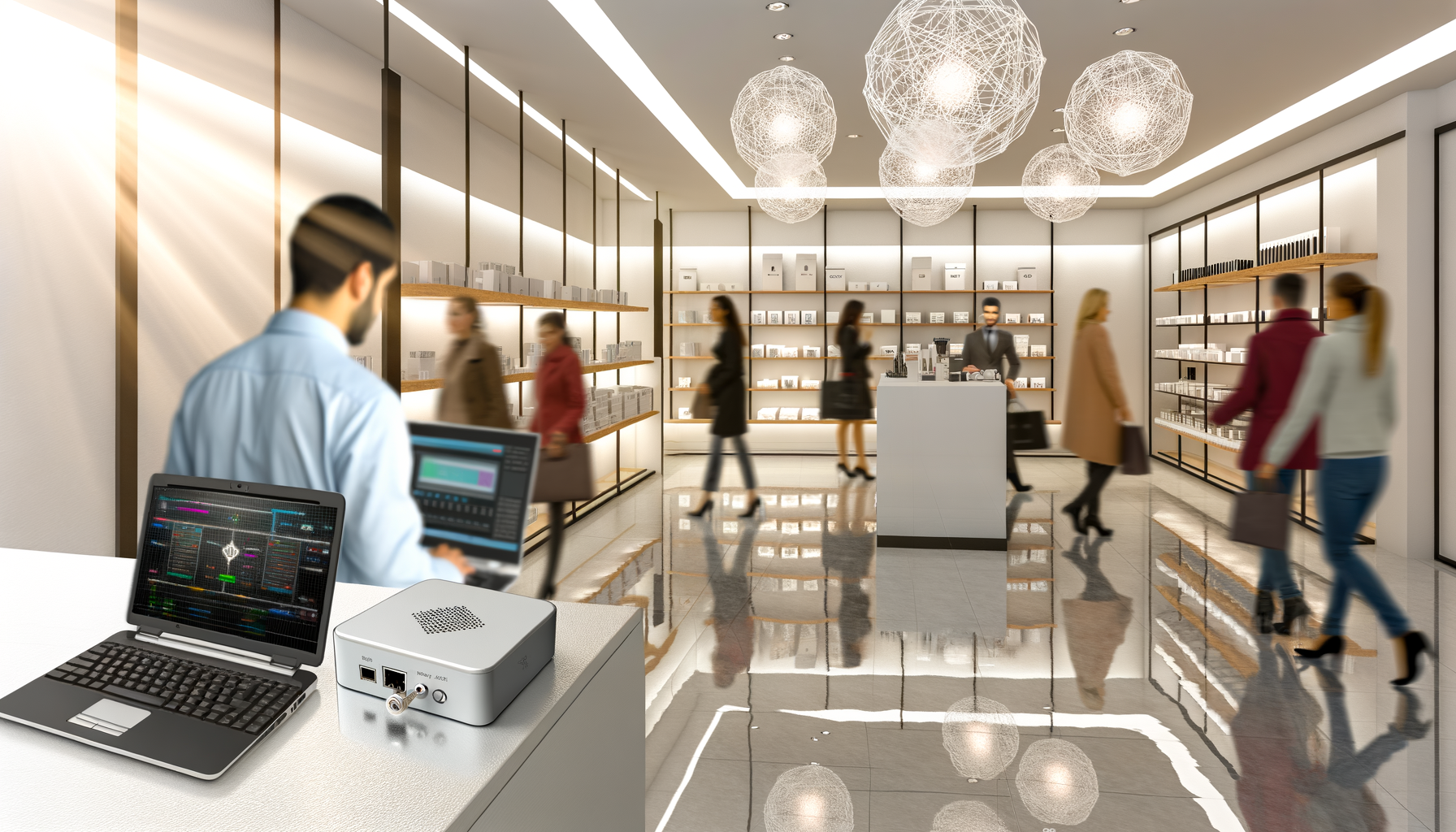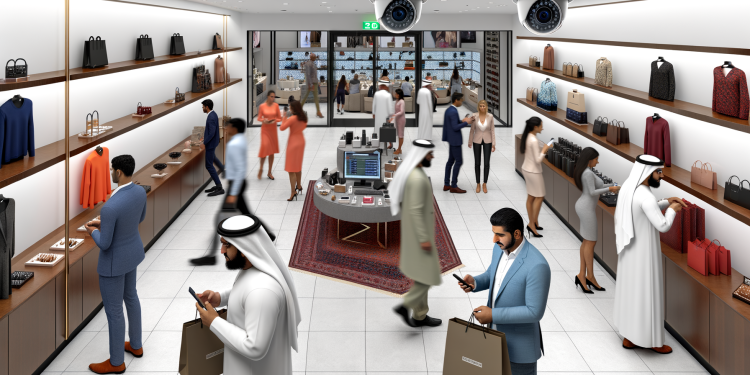Imagine walking into a store, and as you pick up items, the store is silently observing and recording your every move, your every preference. Welcome to the reality of “Shopping Under Watch: How Stores Track Your Behavior”. In this era of rapid digital transformation, retail businesses are leveraging technology to understand their customers better. However, this raises significant questions about cybersecurity, data protection, and privacy. In this article, we will delve into the intricacies of this subject, exploring how stores track your behavior, the associated cybersecurity threats, and best practices to safeguard your data.
The Mechanics of Behavior Tracking

Behavior tracking in physical stores often begins with video surveillance. Modern video systems can detect individual faces, analyze patterns and even predict customer preferences based on their shopping behavior. Coupled with other technologies like Wi-Fi and Bluetooth beacons, stores can track customers’ movements within the store and record the time spent near specific products. While these technologies provide valuable insights into customer behavior, they also present considerable cybersecurity risks. These systems can be hacked, leading to unauthorized access and misuse of the collected data.
Data Protection Concerns
With the increasing amount of data being collected, data protection has become a significant concern. Personal data, such as names, email addresses, and purchase history, can be stored and processed for various purposes, including targeted advertising and improving customer service. However, if not adequately protected, this data can fall into the wrong hands, leading to severe consequences such as identity theft and financial fraud. Therefore, it is crucial for retailers to implement robust data protection measures to safeguard their customers’ information.
Threat Detection and Defense

In the face of these cybersecurity threats, retailers need to have a robust threat detection and defense mechanism in place. This includes implementing firewalls, intrusion detection systems, and encryption to protect data at rest and in transit. Regular security audits and penetration testing can also help identify vulnerabilities and ensure that the defense mechanisms are effective. Additionally, retailers should have an incident response plan in place to swiftly address any security breaches and minimize their impact.
Privacy Implications
While behavior tracking can enhance the shopping experience, it also raises serious privacy concerns. Without clear and transparent policies, customers may not be aware of the extent of the tracking and how their data is being used. Therefore, retailers must provide clear information about their data collection, processing, and sharing practices. They should also offer customers the choice to opt-out of tracking and respect their privacy preferences.
Security Measures for Consumers

As a consumer, there are several measures you can take to protect your privacy while shopping. These include switching off your device’s Wi-Fi and Bluetooth when not in use, using VPNs, and regularly checking and updating your privacy settings on various platforms. It is also advisable to read the privacy policies of the stores you shop at and choose those that respect your privacy.
Best Practices for Retailers
For retailers, adopting best practices in cybersecurity can go a long way in protecting customer data and maintaining their trust. This includes implementing strong data encryption, conducting regular security audits, and ensuring compliance with data protection regulations. Retailers should also invest in employee training to ensure that they are aware of the potential cybersecurity threats and know how to handle them effectively.
| Best Practice | Description |
|---|---|
| Strong Data Encryption | Encrypt all customer data to protect it from unauthorized access. |
| Regular Security Audits | Conduct regular security audits to identify and address vulnerabilities. |
| Compliance with Regulations | Ensure compliance with all relevant data protection regulations. |
| Employee Training | Invest in training employees on cybersecurity best practices. |
Thank you for reading this article. We hope it has provided valuable insights into the world of shopping under watch and the importance of cybersecurity and data protection in this context. Feel free to explore our other articles for more in-depth technical information and insights.









